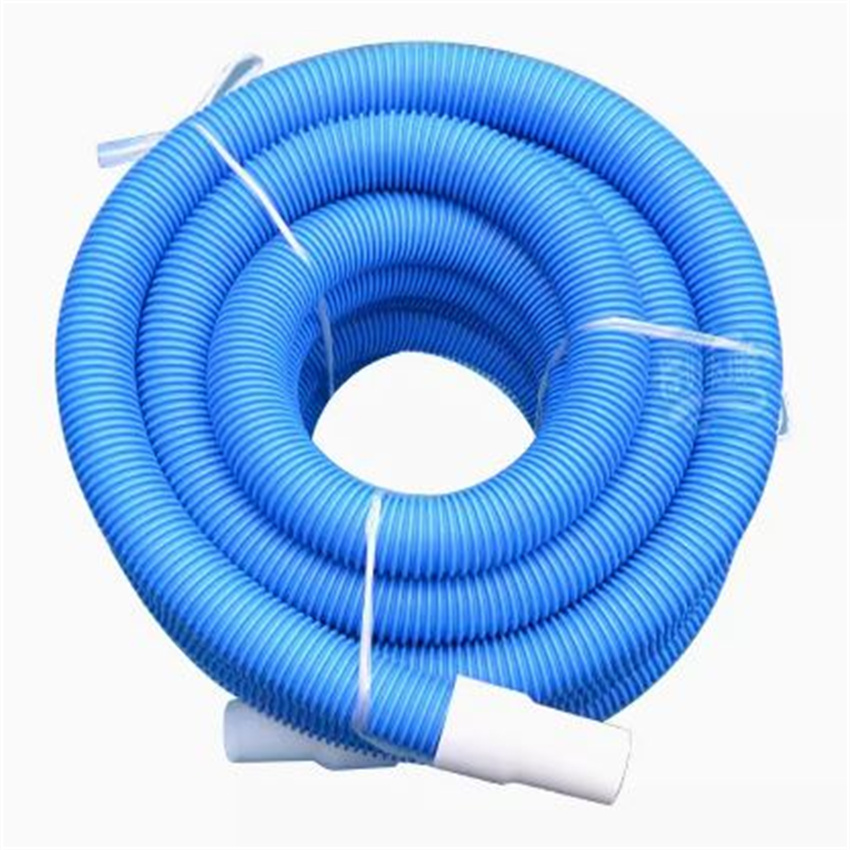Comparing PVC Rubber and Polyurethane Air Hoses for Optimal Performance and Durability
PVC vs Rubber vs Polyurethane Air Hoses A Comprehensive Comparison
When it comes to selecting the right air hose for your needs, understanding the differences between materials is crucial. The most common materials used to manufacture air hoses are PVC (polyvinyl chloride), rubber, and polyurethane. Each of these materials has its own set of advantages and disadvantages that can significantly affect performance, durability, and usability. This article delves into the characteristics of each type of hose, helping you make an informed decision.
PVC Air Hoses
PVC air hoses are popular due to their affordability and lightweight nature. They are made from polyvinyl chloride, a synthetic plastic polymer known for its flexibility and resistance to abrasion. One of the key advantages of PVC hoses is their ability to resist kinks and twists, making them easier to handle. Additionally, they are resistant to certain chemicals and weather conditions, although they may not perform well in extreme temperatures.
However, PVC hoses often lack the durability seen in rubber or polyurethane options
. Over time, they can become brittle, especially when exposed to ultraviolet light or extreme cold. While PVC hoses are suitable for light to medium-duty applications, they may not withstand heavy industrial use.Rubber Air Hoses
Rubber air hoses are renowned for their durability and strength. Manufactured using natural or synthetic rubber, these hoses excel in high-pressure and extreme temperature conditions. They are less likely to crack or puncture compared to their PVC counterparts, making them ideal for heavy-duty applications in industrial settings.
pvc vs rubber vs polyurethane air hose

Another advantage is their flexibility; rubber hoses remain pliable even in low temperatures, which enhances overall usability. However, this resilience comes with a higher price tag. Rubber hoses can also be heavier than PVC and polyurethane options, making them less portable. Additionally, they can deteriorate if exposed to certain chemicals, so it's crucial to ensure the compatibility of the hose with the intended application.
Polyurethane Air Hoses
Polyurethane hoses are a newer entrant in the market and have gained attention for their excellent performance. They combine the advantages of both PVC and rubber, offering high flexibility, durability, and resistance to abrasions and kinks. One of the standout features of polyurethane hoses is their resistance to both extreme temperatures and chemicals, which makes them versatile for various applications.
These hoses are also lighter than rubber and provide a greater degree of coiling, reducing storage space requirements. However, they can be more expensive than PVC hoses, which may be a consideration for budget-conscious consumers.
Conclusion
In summary, the choice between PVC, rubber, and polyurethane air hoses ultimately depends on your specific needs and budget. If you prioritize affordability and light-duty use, PVC hoses may be suitable. For heavy-duty applications that require durability, rubber hoses are an excellent choice. Lastly, if you're looking for versatility and superior performance, polyurethane hoses may be your best bet. Evaluating these factors will help you select the right air hose for optimal performance in your projects.
-
Top Quality Oxy Acetylene Hoses for Sale Fit for Welding DemandsNewsJul.28,2025
-
The Future of Pneumatic Air Tubes in IndustryNewsJul.28,2025
-
Superior and Reliable LPG Hose Pipe Solutions for Every NeedNewsJul.28,2025
-
Exceptionally Durable and Versatile Premium Braided PVC TubingNewsJul.28,2025
-
Best Adapters for Connecting Garden Hose to PVC Pipe ConnectionsNewsJul.28,2025
-
The Essential Role of LPG Hoses in Safe and Efficient Gas DistributionNewsJul.16,2025














